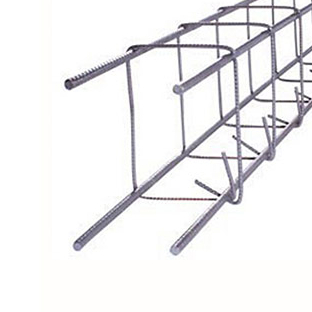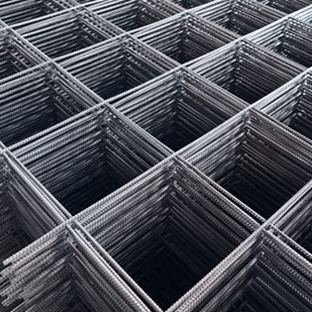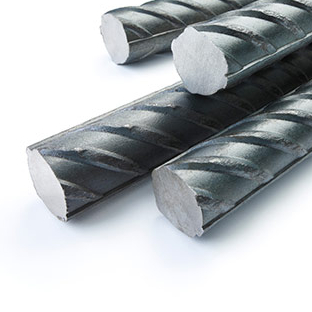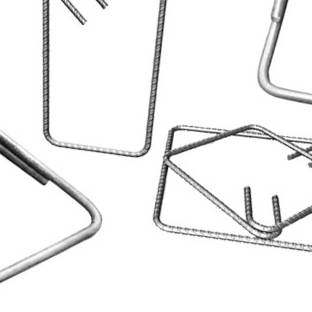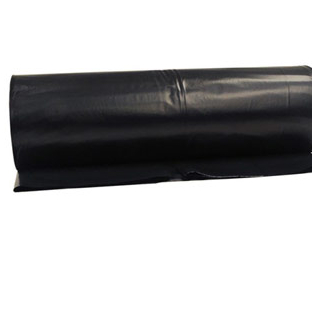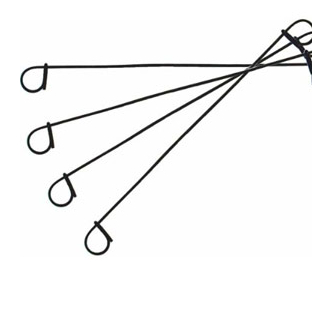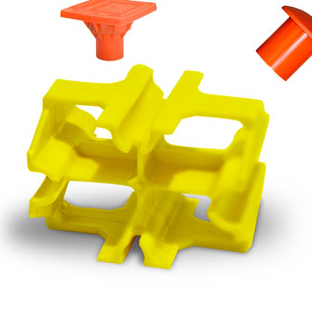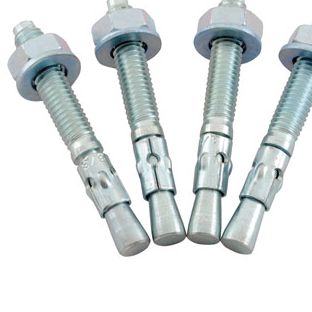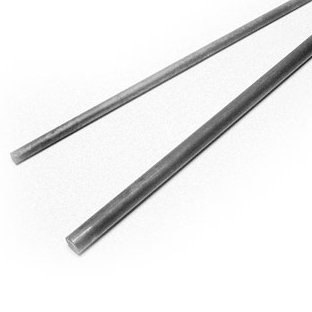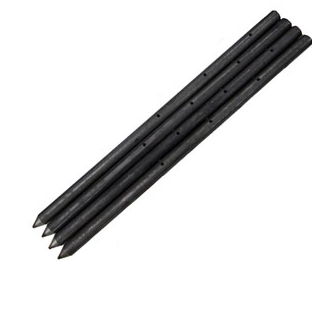Prefabricated reinforcement can help save time and labour on site because the welded steel cages can be simply placed into position without the need for tying on site. Many contractors who are not us... More Info
Welded wire mesh, or welded wire fabric, or "weldmesh" is an electric fusion welded prefabricated joined grid consisting of a series of parallel longitudinal wires with accurate spacing welded to cros... More Info
The most common rebar, "black" bar is used on every type and scale of project with few exceptions. The biggest weakness of black rebar is that it corrodes. When rebar corrodes, it expands cracking and... More Info
The term stirrups is usually applied to lateral reinforcement in flexural members and the term ties to lateral reinforcement in vertical compression members. In uniaxial compression test of concrete,... More Info
The Polyethylene plastic sheeting is a general-purpose plastic film for use in a variety of construction and DIY projects. This plastic can be used to cover crawl spaces and as a temporary cover for e... More Info
Used to secure rebar to rod or rebar chairs as well as other intersecting rebar pieces. Using either a Spring Loaded Automatic Bar Tie Twister or a Wood Handled Bar Tie Twister rebar tying is a snap w... More Info
The most common type of chair is the one that will raise you rebar off the ground, providing the right concrete cover. These chairs are usually on foundation work, like slabs and cast-in-place concret... More Info
An anchor bolt is a fastener used to attach objects or structures to concrete. There are many types of anchor bolts, consisting of designs that are mostly proprietary to the manufacturing companies. A... More Info
Dowel bars are short steel bars that provide a mechanical connection between slabs without restricting horizontal joint movement. They increase load transfer efficiency by allowing the leave slab to a... More Info
Nail stakes are primarily used to secure wood or metal forms to the ground in all flatwork applications. Additionally, they are commonly used for attaching screed bar holder clamps in flatwork finishi... More Info
 English
English Español
Español

